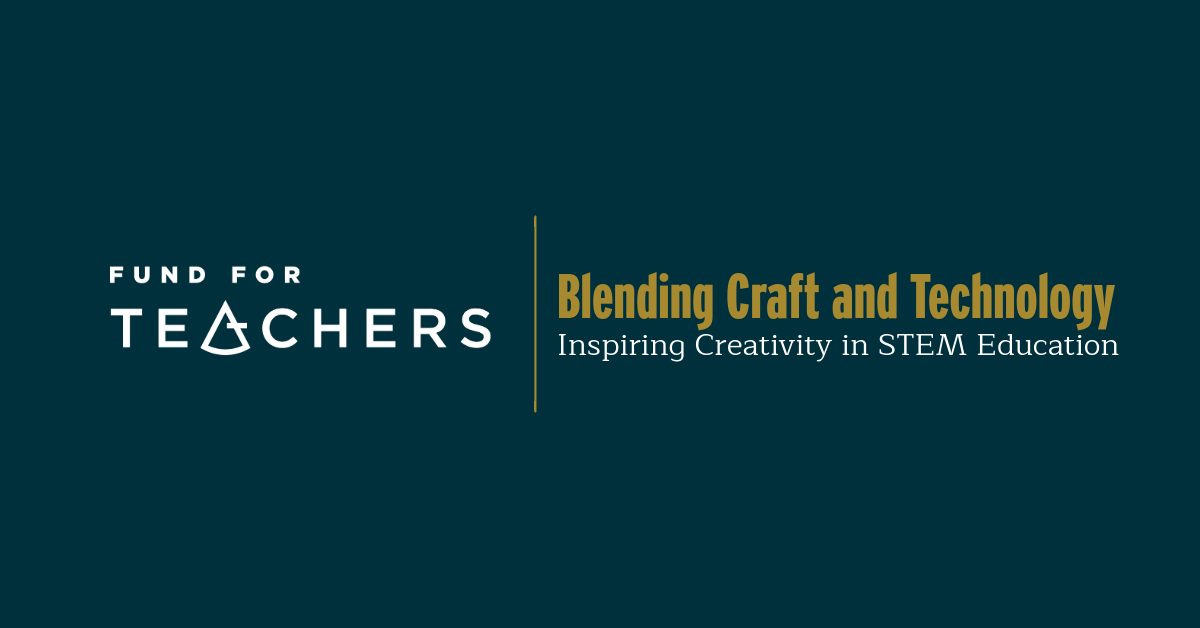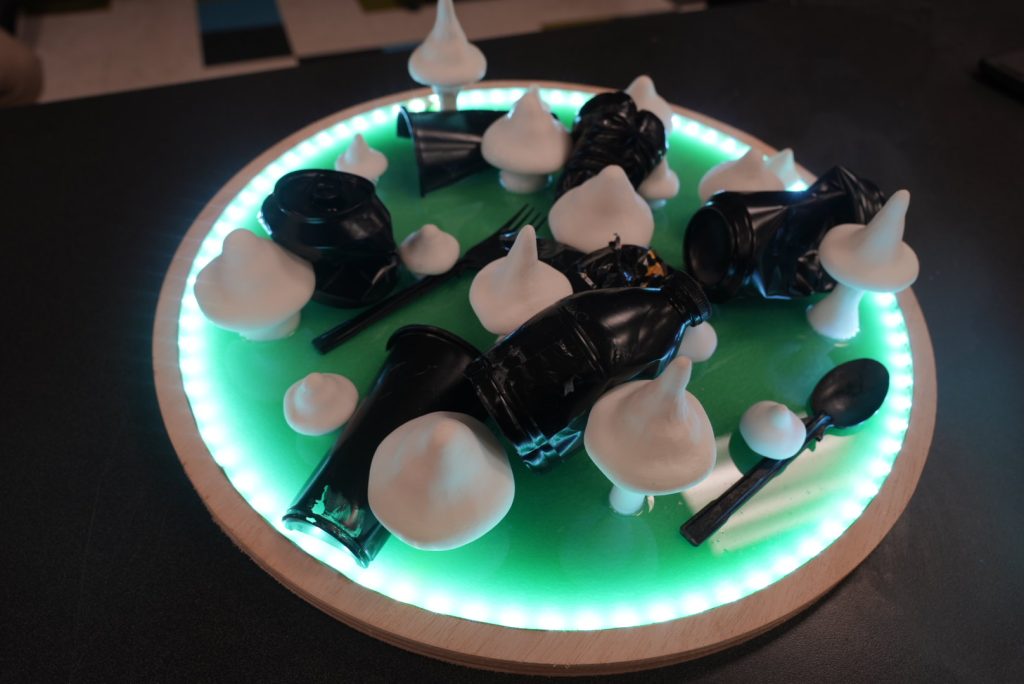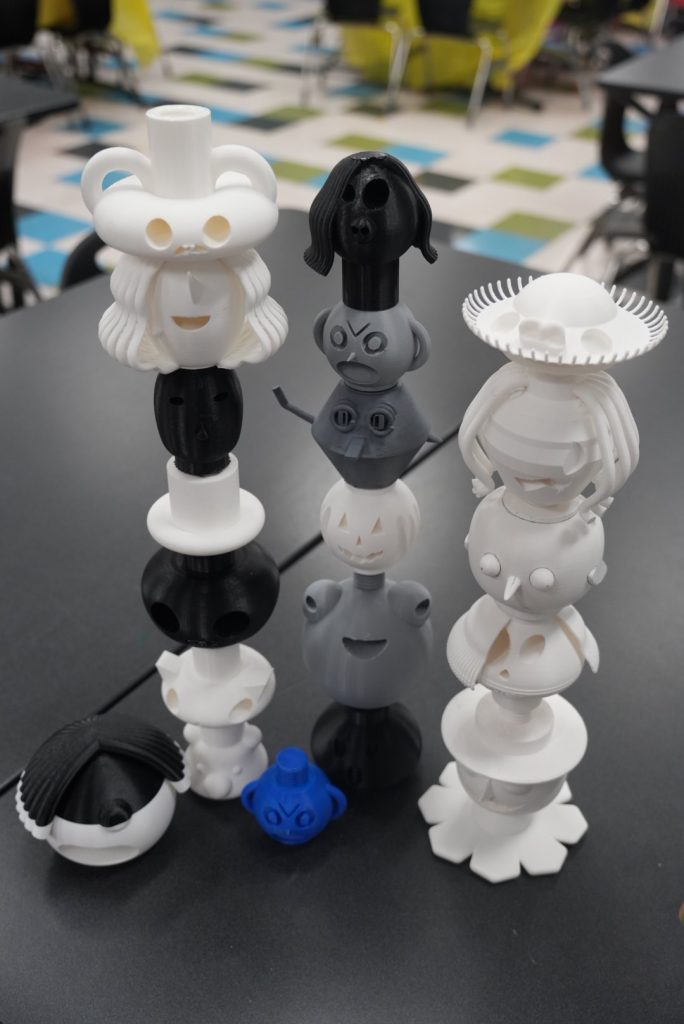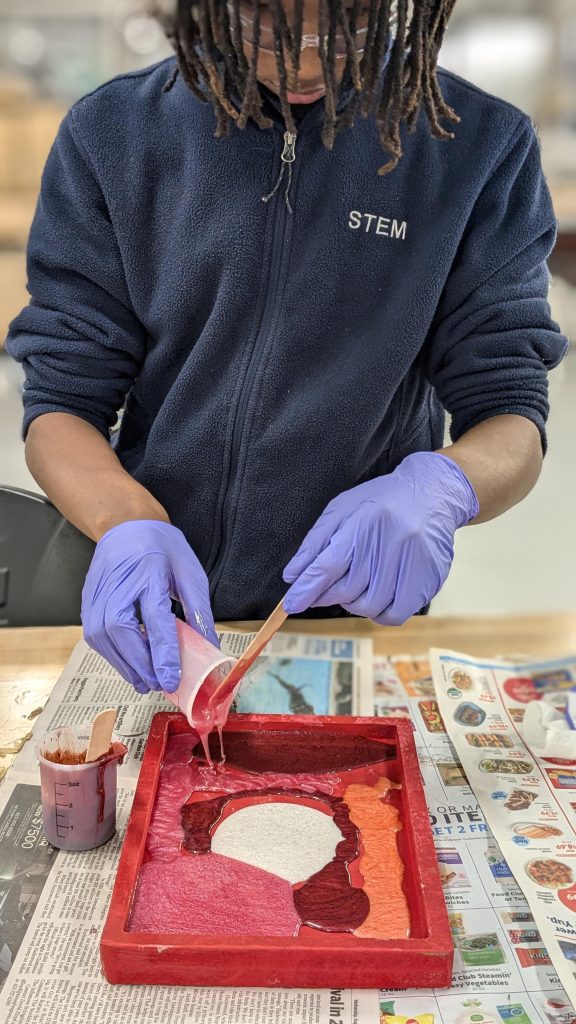Blending Craft and Technology

Challenges facing Lora Taylor’s students at STEM School Chattanooga:
- – Diverse backgrounds with a wide range of learning needs
- – Desire to apply STEM skills to creative and real-world projects
- – Title I School with 44% minority enrollment
Advantages for Lora Taylor’s students: Lora Taylor
STEM School Chattanooga is a public high school deeply committed to project-based learning that equips students with essential skills for a technology-driven world. At the heart of this learning is digital design and fabrication, where students bring their ideas to life using a variety of tools, including 3D printers, laser cutters, electronics, CNC routers, and other equipment that harnesses 21st-century technology. This innovative environment allows students’ talents and interests to shine.
“My students come from diverse backgrounds, with some having limited exposure to high-quality STEAM experiences before entering STEM School,” Lora explains. “However, they have a strong desire to build skills and engage in activities that connect with their interests, from technology and engineering to artistic design. They are eager to explore new tools and ideas, especially those that blend creative expression with technical skills.”



Lora sought to incorporate more of the creative process and traditional craftsmanship into her teaching, enhancing her digital fabrication curriculum with hands-on, artistic elements. A veteran STEM teacher who has conducted National Science Foundation-funded research, Lora recognized that incorporating artistic elements could enrich her students’ learning experience. To address this, she designed a Fund for Teachers fellowship to participate in a woodworking workshop at Snow Farm: The New England Craft Program. “Woodworking challenged me to embrace patience and persistence, reminding me that learning is a journey rather than a destination,” Lora reflects. “Professionally, I learned how hands-on learning and embracing mistakes can inspire creativity and resilience in my students.”

Today, Lora is bridging the gap between her school’s focus on STEM and her students’ interests in art and design. Students are applying the engineering design process through iterative prototyping, just as Lora refined her wood carvings. They are actively designing, testing, and improving their solutions, combining artistic elements with technical skills in projects that are both meaningful and inspiring.
“My students are learning that mistakes and adjustments are part of the innovation process,” says Lora. “This approach fosters creativity, problem-solving, and perseverance—qualities that align with both engineering principles and the creative processes I explored during my fellowship.”
 Back to Blogs
Back to Blogs